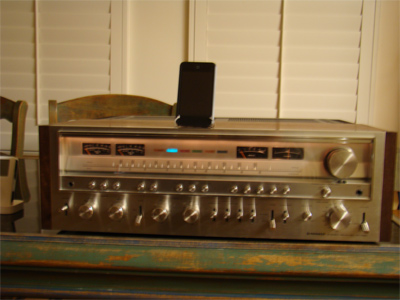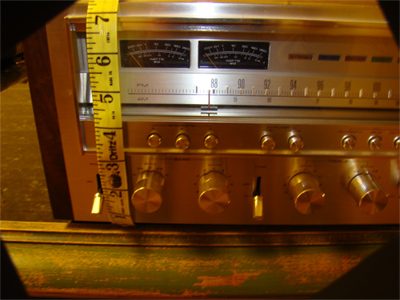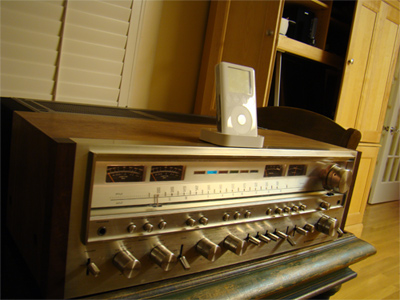Is Kanso the Progenitor of Interaction Design?



Do you have an iPod? We have somewhere between ten and fifteen in my family. About all of the versions are represented among the family’s iPods. From the initial version with all the controls contained in the little wheel in the middle to the version with no wheel but controlled by a touch screen.
In the late ‘60’s and early ‘70’s I represented one of the creators of stereo hi-fi components for general consumers. Companies in that industry were pioneers in designing, building and creating demand for a hi-tech consumer product to be bought by consumers from retailers. For sure, there existed a small community of audiophiles who were heavily into hi-fi. Many were not considered to be well-adjusted citizens, although they made good salespeople for hi-fi components. They were always talking about FETs, MOS, harmonic distortion, Watts, etc. Average citizens at a gathering of audiophiles felt somewhat like an English-speaking only person in Siberia (I wonder if there is any relationship between “Siberia” and “Cyber”).
One of the obstacles to creating and nurturing demand for consumer hi-fi components was simplifying the complexity of the various component controls and interconnections so that a person on the street could connect the components and enjoy the high quality sound. By now you must be thinking, someone pasted the wrong title on this post. Not so! Let me explain.
Not long ago while contemplating an early version of one of our iPods and its incredible rapid market acceptance, I was reminded of the time and toil hi-fi components have paid and to this day they have not achieved the market penetration of the iPod. Applying the principle of Kanso (defined on the About Valley Zen Page) is the answer.
The picture above is of a receiver/amplifier with a 200 watt sound output and .0005 harmonic distortions. I bought it 1971 when it was the ultimate such device. If you look closely at the front panel you will see it has 30 knobs, button and toggles. Some of the knobs are stacked so that the bottom of the knob controls something different from the top. It has four meters that provide a number of readouts. The back panel has a slew of sockets and connectors; it weighs nearly 70 lbs and has a foot print of 374 square inches. If it had a tape deck attached, it and the iPod would deliver the same thing, good sounding music. All the knobs, buttons, toggles and meters and their ability to create over a thousand distinct settings are reduced to a single wheel. Talk about interaction design and simplifying the complex!




The Pioneer SX series is revered in many circles as the absolute pinnacle of the “silver age” of hi-fi. Entire web sites exist just to pay homage to the device! A mint condition model like yours often sells for over $1,000 on eBay! In a similar way to your image above, I listen to XM radio streamed over the Internet connected to one of these “monster” Receivers. Oh the irony of linking the 21st century device to one that is 37 years old. I wonder if your iPod will still be working in 2045?